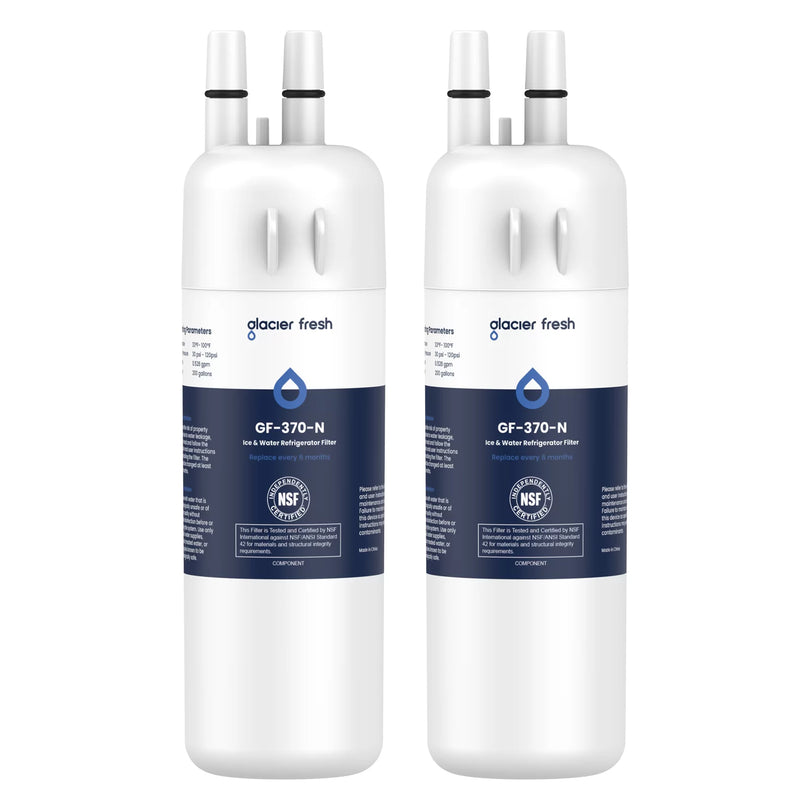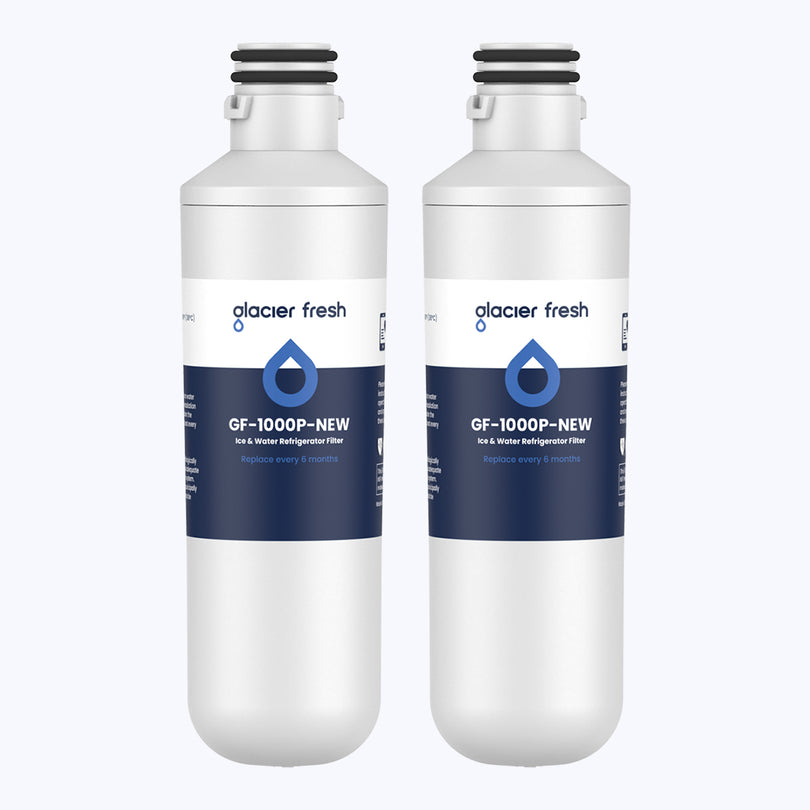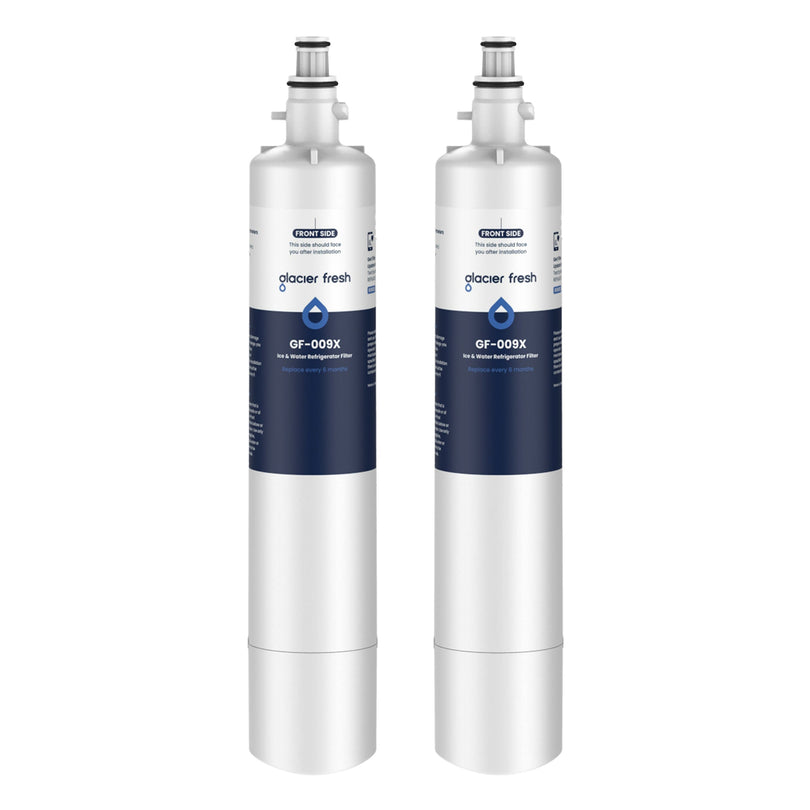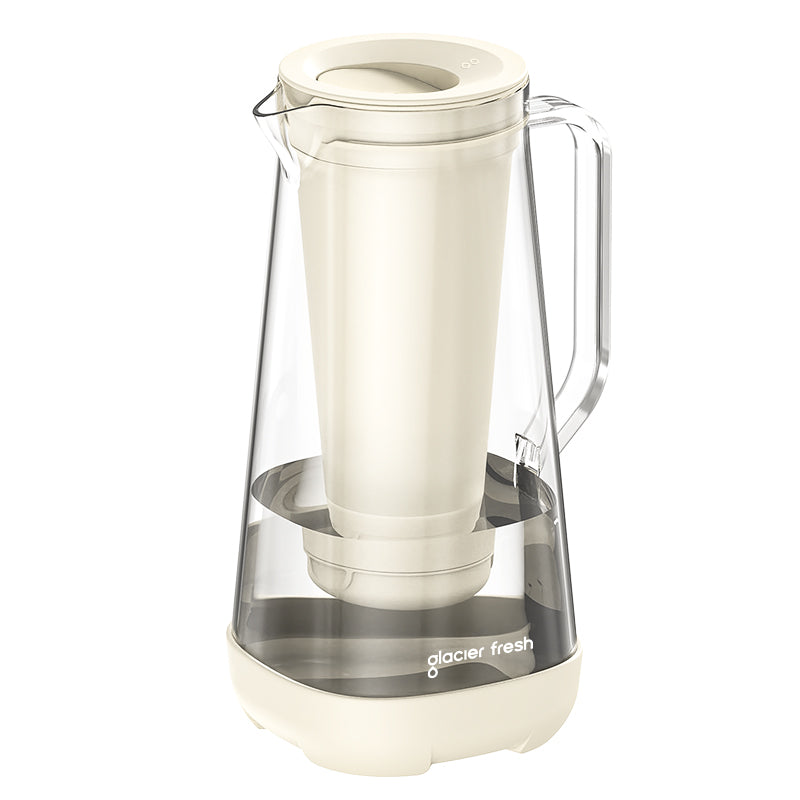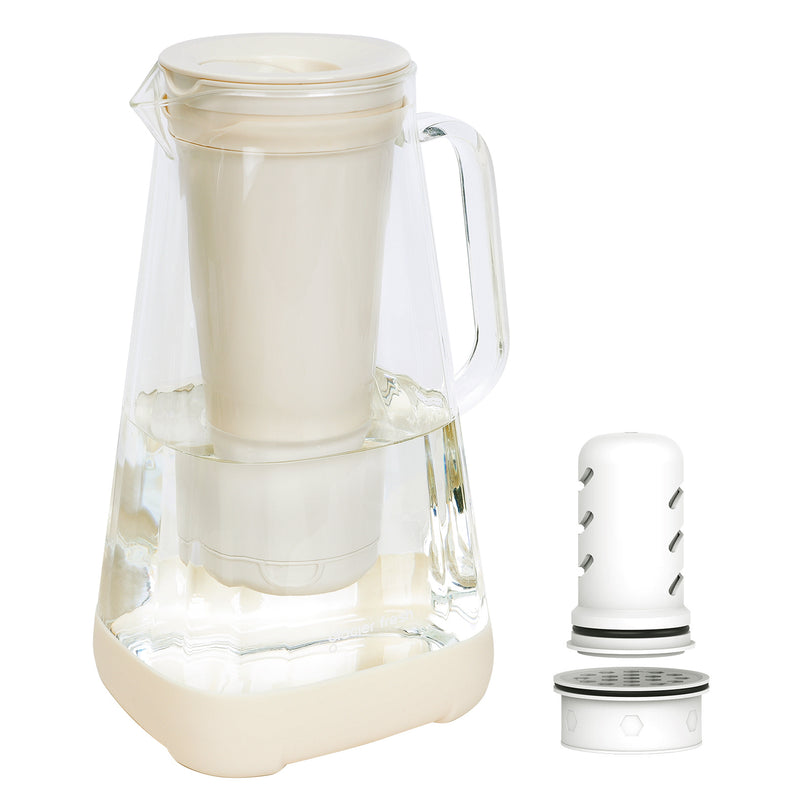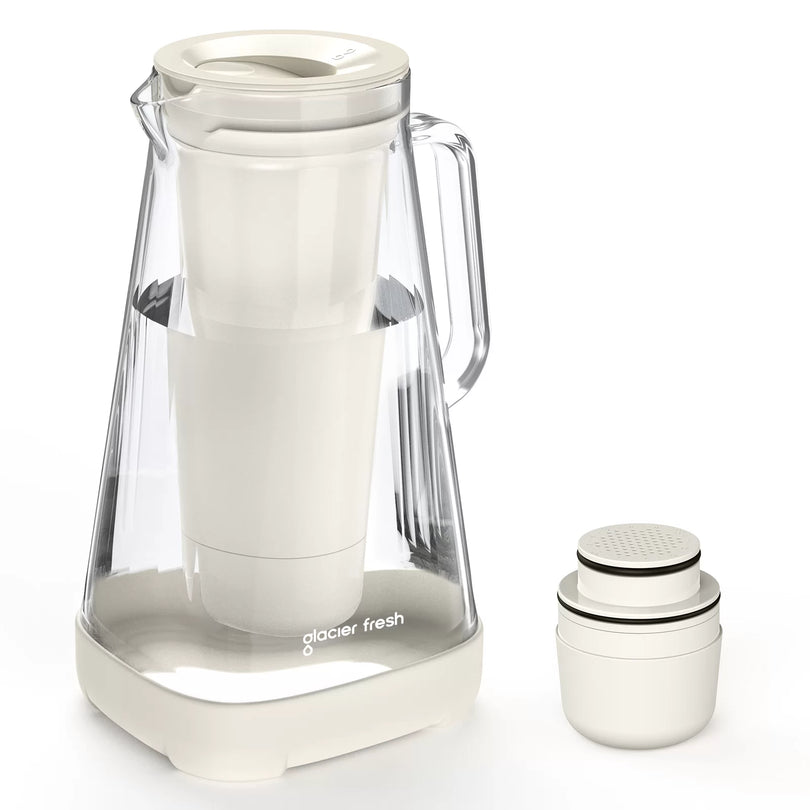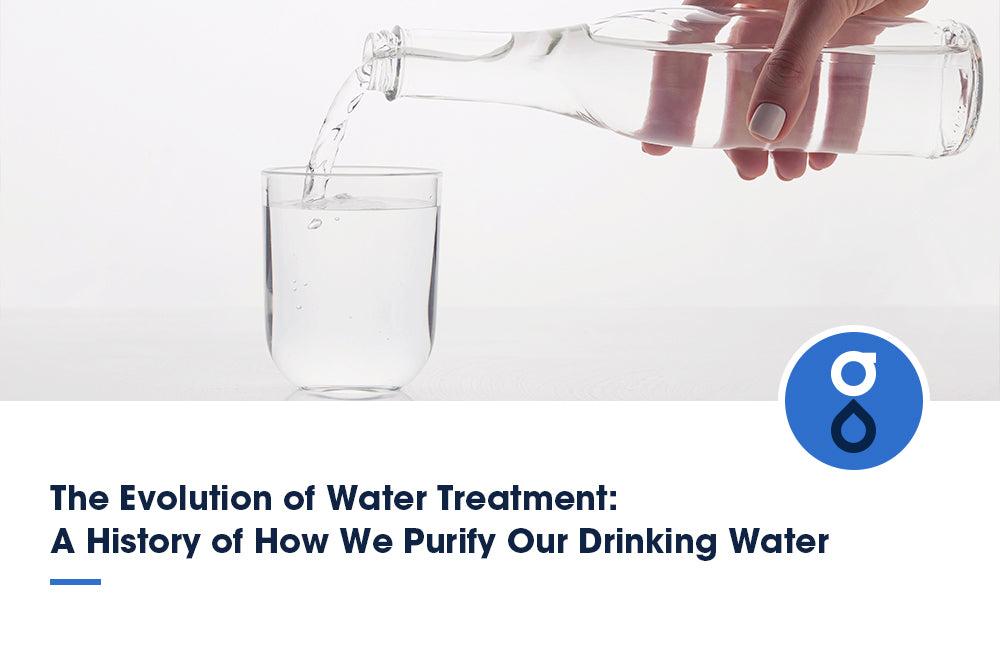Table of Contents:
Frühe Geschichte der Wasseraufbereitung
Entwicklungen in der Filtrationstechnologie
Fortschritt in der Desinfektionstechnologie
Verbesserungen bei Überwachung und Test
FAQs
Abschluss
Die Aufbereitung von Wasser, um es für den Gebrauch und andere Zwecke sicher zu machen, ist eine der wichtigsten Erfindungen der Menschheit. Ohne die Möglichkeit, Wasser von Mikroben, Chemikalien und anderen Schadstoffen zu reinigen, würden wir von Ausbrüchen schwerer Krankheiten wie Cholera, Typhus, Ruhr und Hepatitis geplagt. Im Laufe von Tausenden von Jahren haben sich die Wasseraufbereitungsmethoden weiterentwickelt, da neue Technologien eingeführt wurden, um eine wachsende Zahl von Schadstoffen zu entfernen. Dieser Artikel untersucht, wie sich die Trinkwasseraufbereitung entwickelt hat, und hebt wichtige Durchbrüche hervor, die moderne kommunale Wassersysteme prägen.
Frühe Geschichte der Wasseraufbereitung
Wasseraufbereitung in antiken Zivilisationen

Zu den ersten Belegen für die Wasseraufbereitung zählen Schriften aus dem Altgriechischen und Sanskrit, in denen Verfahren wie das Abkochen, die Filterung durch Holzkohle, die Sonneneinstrahlung und das Durchsieben des Wassers durch ein Tuch beschrieben werden.
Kochen: Durch das Erhitzen von Wasser auf eine hohe Temperatur werden schädliche Bakterien und Krankheitserreger abgetötet, sodass das Wasser trinkbar wird.
Filtration – Das Durchleiten von Wasser durch Materialien wie Sand, Stoff oder Holzkohle hilft, Verunreinigungen und Partikel zu entfernen.
Sedimentation – Wenn Wasser in einem Behälter steht, können sich schwerere Partikel am Boden absetzen und klareres Wasser bleibt oben zurück.
Chemische Behandlung – Antike Zivilisationen verwendeten natürliche Substanzen wie Alaun oder Kupfersulfat und fügten diese Chemikalien dem Wasser hinzu, um Verunreinigungen auszufällen und zu reinigen.
Diese grundlegenden Methoden halfen dabei, Bakterien, Parasiten und größere Partikel aus dem Trinkwasser zu entfernen. Wenn man das Wasser in großen Behältern stehen lässt, setzen sich auch schwerere Schadstoffe durch Sedimentation am Boden ab.
Frühe Absetz- und Filtrationsmethoden

Versuchen Sie, frühe Absetz- und Filtermethoden zu verwenden, um Verunreinigungen aus Ihrem Trinkwasser zu entfernen. In der Antike verließen sich die Menschen auf einfache, aber effektive Techniken, um die Sauberkeit ihrer Wasserquellen sicherzustellen. Bei diesen Absetztechniken ließ man das Wasser ungestört stehen, sodass schwerere Partikel auf den Boden sanken, während die leichteren an die Oberfläche stiegen. Primitive Filter aus Materialien wie Sand, Kies und Holzkohle wurden ebenfalls verwendet, um Verunreinigungen aufzufangen. Diese prähistorischen Reinigungsmethoden mögen im Vergleich zu den heutigen fortschrittlichen Technologien rudimentär erscheinen, aber sie haben ihren Zweck gut erfüllt. Indem Sie diese frühen Methoden in Ihre Wasseraufbereitungsroutine integrieren, können Sie den Einfallsreichtum unserer Vorfahren würdigen und die Sicherheit Ihres Trinkwassers gewährleisten.
Die erste Anwendung von Chlor
Im 19. Jahrhundert wurde entdeckt, dass Chlor desinfizierende Eigenschaften hat, und Anfang des 20. Jahrhunderts wurde es erstmals als keimtötendes Mittel für die Trinkwasserversorgung eingesetzt. Dieser Durchbruch in der Desinfektionstechnik revolutionierte die Art und Weise, wie wir Wasser behandeln und uns vor durch Wasser übertragenen Krankheiten schützen. Hier sind vier wichtige Gründe, warum Chlor ein entscheidender chemischer Zusatzstoff bei der Wasseraufbereitung ist:
1. Effektive Desinfektion: Chlor tötet schädliche Bakterien, Viren und Parasiten ab, die Krankheiten wie Cholera und Typhus verursachen können.
2. Restschutz: Chlor hinterlässt eine Restwirkung im Wasser und tötet weiterhin alle vorhandenen Mikroorganismen ab, während das Wasser durch das Verteilungssystem fließt.
3. Kostengünstig: Chlor ist ein kostengünstiges Desinfektionsmittel und daher für die Wasseraufbereitung im großen Maßstab geeignet.
4. Vertrautheit und Vertrauen: Chlor wird seit über einem Jahrhundert verwendet und die Öffentlichkeit vertraut darauf, dass es für sauberes Trinkwasser sorgt.
Entwicklungen in der Filtrationstechnologie
Sandfilter im 19. Jahrhundert
Gegen Ende des 19. Jahrhunderts wurden langsame Sandfilter, die große Wassermengen verarbeiteten, zu einer gängigen Technologie in kommunalen Klärsystemen. Die dicken Filterbetten aus Sand beseitigten effektiv Parasiten und Mikroorganismen. Hier sind vier Gründe, warum Sandfiltrationstechniken zu dieser Zeit so erfolgreich waren:
1. Einfach, aber wirkungsvoll: Beim Sandfiltrationsprozess wird Wasser durch Sandschichten geleitet, wodurch Verunreinigungen und Schadstoffe wirksam entfernt werden.
2. Natürliche Reinigung: Sand hat natürliche Eigenschaften, die Partikel und Bakterien einfangen, was ihn zu einem idealen Medium zur Filterung macht.
3. Kostengünstige Lösung: Sandfiltersysteme waren relativ kostengünstig zu implementieren und zu warten und waren daher für eine breitere Bevölkerung zugänglich.
4. Verbesserte Wasserqualität: Durch die Entfernung von Sedimenten verbessern Sandfilter den Geschmack und die Klarheit des Trinkwassers erheblich und machen es sicherer und angenehmer zum Trinken.
Insgesamt ebnete die Einführung der Sandfiltrationstechnik den Weg für zukünftige Fortschritte in der Wasseraufbereitung und stellt sicher, dass wir heute Zugang zu sauberem und sicherem Trinkwasser haben.
Aktivkohlefilter in den 1930er Jahren

In den 1930er Jahren wurde durch die Einführung der Filterung mit körniger Aktivkohle die Entfernung organischer chemischer Schadstoffe, Farbstoffe und Gerüche erheblich verbessert. Aktivkohle ist eine äußerst wirksame Methode zur Entfernung von Verunreinigungen aus unserem Trinkwasser. Sie wirkt, indem sie Schadstoffe anzieht und auf ihrer porösen Oberfläche adsorbiert. Wenn Wasser durch Aktivkohle fließt, fängt sie Verunreinigungen wie Chlor, flüchtige organische Verbindungen (VOCs) und Schwermetalle ein und hält sie fest. Dieser Prozess verbessert nicht nur den Geschmack und Geruch des Wassers, sondern verringert auch potenzielle Gesundheitsrisiken. Aktivkohle wird häufig in Wasseraufbereitungsanlagen und Heimfiltersystemen verwendet. Sie ist besonders wirksam bei der Entfernung organischer Verbindungen, die in Industrieabfällen und landwirtschaftlichen Abwässern vorkommen können.
Die fortschrittliche Membranfiltration kam in den 1950er Jahren auf
In den 1950er Jahren wurden fortschrittliche Membranfiltrationsverfahren wie die Umkehrosmose entwickelt. Membranen mit mikroskopischen Poren können Ionen und sogar mikroskopische Organismen herausfiltern. Bei der Umkehrosmose wird Wasser durch eine halbdurchlässige Membran gegen einen osmotischen Gradienten entkalkt. Dadurch entsteht reines deionisiertes Wasser, das Mikroben, Salze, Metalle und andere Verunreinigungen effektiv entfernt. Kontinuierliche Verbesserungen der Membrantechnologie und reduzierte Kosten haben Ultrafiltration und Nanofiltration für Trinkwassersysteme erschwinglicher gemacht. Diese Membranfiltrationsmethoden bieten mehr Möglichkeiten, wenn es darum geht, bestimmte Verunreinigungen in Quellgewässern zu bekämpfen.
Hier sind vier Schlüsselpunkte, um die Bedeutung dieser Entwicklung zu verstehen:
1. Umkehrosmose: Die fortschrittliche Membranfiltration nutzt das Prinzip der Umkehrosmose, bei dem Wasser durch eine halbdurchlässige Membran gedrückt wird, um Verunreinigungen von den Wassermolekülen zu trennen.
2. Nanofiltration: Bei dieser fortschrittlichen Filtertechnik kommen Nanomembranen mit kleineren Porengrößen als bei herkömmlichen Filtermethoden zum Einsatz. Dadurch können noch kleinere Partikel und Verunreinigungen aus dem Wasser entfernt werden.
3. Höhere Effizienz: Die Membranfiltration bietet einen effizienteren Prozess, der weniger Energie benötigt und weniger Abfall produziert als herkömmliche Methoden wie Aktivkohlefilter.
4. Verbesserte Wasserqualität: Durch fortschrittliche Membranfiltration können wir eine höhere Trinkwasserqualität erreichen, indem wir Verunreinigungen wie Bakterien, Viren, Chemikalien und Schwermetalle effektiv entfernen.
Fortschritt in der Desinfektionstechnologie

Chlor ist in den USA nach wie vor das am häufigsten verwendete Wasserdesinfektionsmittel, es gibt jedoch auch andere Alternativen. Ozon, das vor Ort aus Sauerstoffgas erzeugt wird, ist ein starkes Desinfektionsmittel, das keine chemischen Rückstände hinterlässt. Es wird seit den 1970er Jahren in den USA und Europa in großem Umfang eingesetzt. Es erfordert jedoch hohe Kapitalinvestitionen und hinterlässt keine Desinfektionsmittelrückstände. Auch die Desinfektion mit ultraviolettem (UV-)Licht wird zunehmend eingesetzt, da sie Krankheitserreger wirksam neutralisiert. Dabei werden keine Chemikalien verwendet, sondern nur Strom und sauberes Wasser. Für die Sekundärdesinfektion werden Chloramine gegenüber freiem Chlor bevorzugt, da sie die Anzahl der Desinfektionsnebenprodukte verringern.
Verbesserungen bei Überwachung und Test

Fortschritte bei der Überwachung und Prüfung haben die Genauigkeit und Effizienz der Gewährleistung der Sicherheit unseres Trinkwassers erheblich verbessert. Mit verbesserten Testmethoden und automatisierten Überwachungssystemen können wir Verunreinigungen jetzt effektiver erkennen und umgehend Maßnahmen zum Schutz der öffentlichen Gesundheit ergreifen. Hier sind vier Hauptvorteile dieser Fortschritte:
1. Höhere Genauigkeit: Die neuen Testmethoden haben die Präzision der Wasseranalyse erhöht und ermöglichen die Erkennung selbst kleinster Schadstoffmengen. Dadurch wird sichergestellt, dass potenzielle Risiken umgehend erkannt und behoben werden.
2. Echtzeitüberwachung: Automatisierte Überwachungssysteme erfassen kontinuierlich Daten zu Wasserqualitätsparametern wie pH-Wert, Trübung und Chlorgehalt. Diese Echtzeitinformationen ermöglichen eine schnelle Reaktion auf Abweichungen von den Wasserqualitätsstandards und minimieren potenzielle Gesundheitsrisiken.
3. Frühwarnsysteme: Durch die Analyse von Datentrends und -mustern können automatisierte Überwachungssysteme frühzeitig vor potenziellen Problemen mit der Wasserqualität warnen. Dieser proaktive Ansatz hilft, Kontaminationsvorfälle zu verhindern und Gemeinden vor schädlichen Substanzen zu schützen.
4. Einhaltung gesetzlicher Vorschriften: Verbesserte Testmethoden und Überwachungssysteme helfen Wasserversorgungsunternehmen, die von Aufsichtsbehörden festgelegten Wasserqualitätsstandards zu erfüllen und zu übertreffen. Dadurch wird sichergestellt, dass unser Wasser den höchsten Sicherheitsstandards entspricht und die öffentliche Gesundheit geschützt wird.
FAQs
Wie hat sich die Entwicklung der Wasseraufbereitung auf Geschmack und Geruch von Trinkwasser ausgewirkt?
Wasseraufbereitungstechniken, Reinigungsmethoden und Filterprozesse haben den Geschmack und Geruch von Trinkwasser erheblich verbessert. Dank des technischen Fortschritts können Sie jetzt zu Hause sauberes und frisch schmeckendes Wasser genießen.
Wie unterscheidet sich die frühe Geschichte der Wasseraufbereitung in verschiedenen Weltregionen?
Die frühe Geschichte der Wasseraufbereitung unterscheidet sich in den einzelnen Regionen aufgrund vergleichender Analysen kultureller Praktiken und technologischer Fortschritte. Kulturelle Praktiken prägten die Reinigungsmethoden, während die technologischen Fortschritte je nach verfügbaren Ressourcen und Wissen variierten.
Welche Rolle spielen öffentliches Bewusstsein und Aufklärung für den Erfolg moderner Wasseraufbereitungsverfahren?
Das öffentliche Bewusstsein und die Aufklärung sind für den Erfolg moderner Wasseraufbereitungsmethoden von entscheidender Bedeutung. Sie können die Wasserqualität verbessern, indem Sie die Bedeutung sauberen Trinkwassers und die Methoden zu seiner Reinigung verstehen.
Abschluss
Die heutige Technologie zur Aufbereitung und Desinfektion von öffentlichem Trinkwasser wäre für die alten Zivilisationen, die mit unhygienischen Wasserquellen zu kämpfen hatten, unvorstellbar gewesen. Angesichts neuer chemischer Bedrohungen und strengerer Umweltauflagen werden die Wasserversorger weiterhin fortschrittlichere Aufbereitungsmethoden einsetzen. Bewährte Techniken wie Filtration und Chlorierung bleiben jedoch von zentraler Bedeutung für den Mehrbarrierenschutz gegen durch Wasser übertragene Krankheiten. Die Wasseraufbereitung entwickelt sich ständig weiter, da wir immer mehr über die Faktoren erfahren, die die Trinkwasserqualität und die öffentliche Gesundheit beeinträchtigen können.

